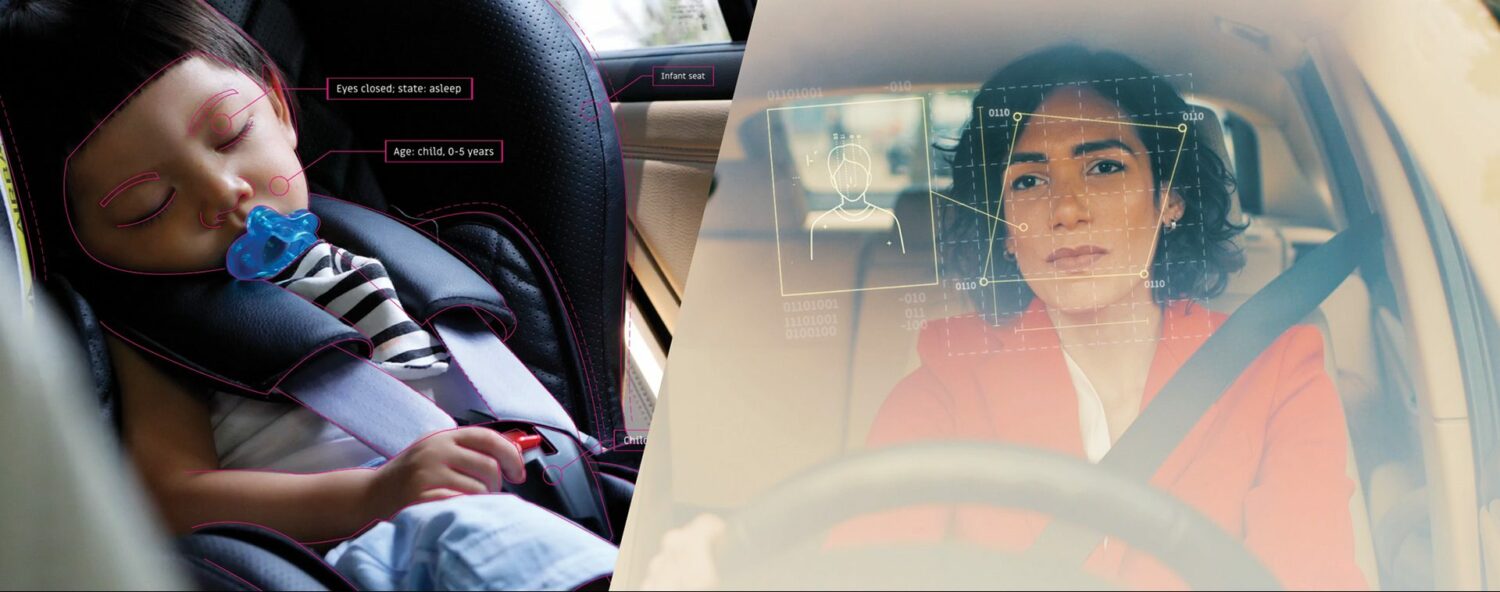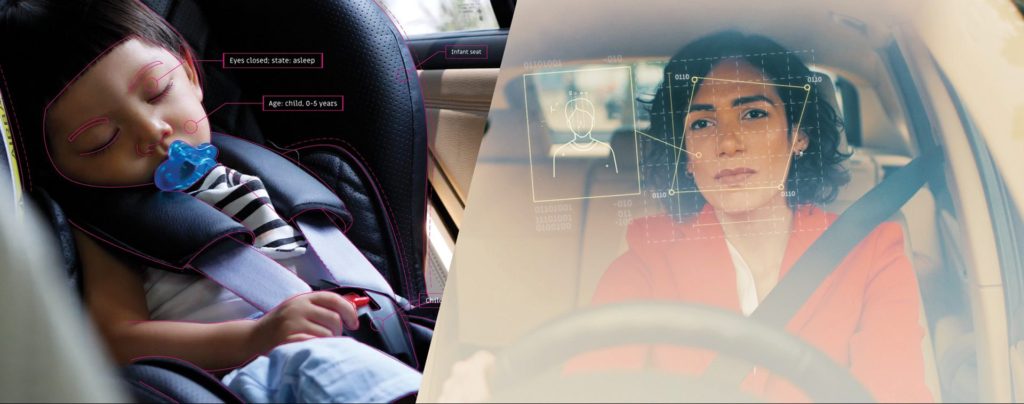
What You Should Know:
Smart Eye, a developer of Driver Monitoring System (DMS) technology for the automotive industry adds vital signs detection that analyzes multiple physiological signals to remotely monitor heart and respiration rates, enabling detection of sudden illness and prioritizing driver well-being.
By tracking the driver’s physiological indicators, this new feature enables the early detection of sudden illnesses or unresponsive behavior while operating a vehicle. This capability can prove life-saving in situations where a driver experiences unforeseen health conditions, such as heart attacks or seizures. Additionally, the technology facilitates the transmission of post-crash data, including heart and respiration rates, to emergency responders, ultimately leading to more efficient healthcare interventions.
How It Works
Using AI methods, the new feature analyzes multiple physiological signals to accurately determine the driver’s heart and respiration rates. Notably, Smart Eye utilizes remote photoplethysmography (rPPG), a non-contact, camera-based method that measures variations in light reflection from the skin, enabling the estimation of heart rate. Another method employed is micro movement analysis, allowing the software to identify subtle changes in movements associated with breathing or pulse, undetectable to the human eye.
Smart Eye’s technology uses 940 nanometer wavelength infrared light to detect reflections on the skin, ensuring an unobtrusive user experience. This infrared light also enables detection in the challenging lighting conditions in a moving vehicle, such as darkness or intense sunlight.
“By integrating heart and respiration rate detection into Smart Eye’s world-leading driver monitoring system software, we provide an even deeper layer of insight into driver state and health,” said Henrik Lind, Chief Research Officer at Smart Eye. “The advanced methods used, including rPPG and micro movement analysis, let our software detect even the subtlest physiological changes in real time. Highly requested by the automotive industry, this technology offers OEMs an opportunity to proactively address health emergencies and ensure safer road experiences.”

